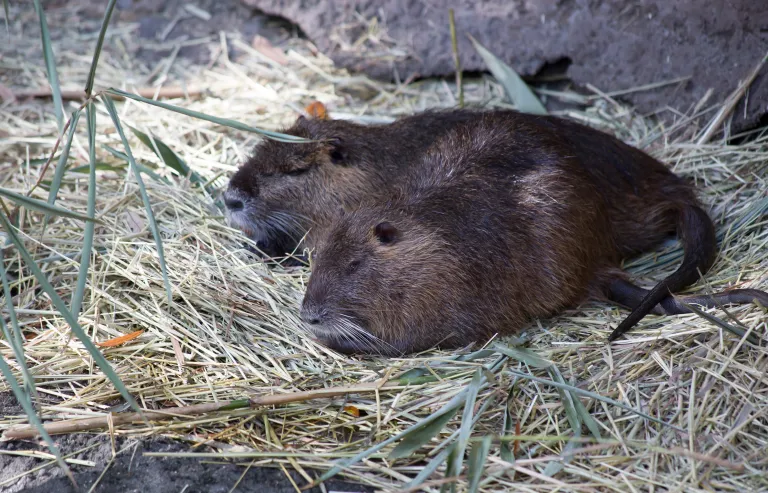Henrico County, Va. — Nutrias, an invasive rodent species, are causing significant damage to Virginia’s wetlands, and the Virginia Nutria Eradication Project is calling on the public to help curb their spread.
Native to South America, nutrias closely resemble muskrats or beavers but can be distinguished by several key characteristics. Most notably, nutrias have large, orange teeth and long, round, sparsely haired tails—features that set them apart from beavers, whose tails are wide and flattened. This physical difference is an important tool for locals and wildlife experts as they work to identify and track the animals.
According to the Virginia Department of Wildlife Resources (DWR), nutrias have been expanding their range in recent years, moving north and west from the Virginia Beach area into other parts of the state. Their rapid spread is causing alarm, as the rodents are notorious for damaging wetland habitats. Nutrias are known to feed on vegetation, destabilizing the soil and undermining the delicate ecosystems that depend on healthy wetlands.
The DWR has stressed the importance of public involvement in the fight against this invasive species. Residents are being urged to report any sightings of nutrias, which will help wildlife officials monitor the population and take necessary actions for their eradication.
The damage caused by nutrias to Virginia’s wetlands could have far-reaching consequences for local biodiversity and water quality. Wetlands play a critical role in filtering water, preventing flooding, and providing habitats for countless species. As the nutria population continues to expand, the urgency of controlling this invasive species grows.
For those who encounter a nutria, authorities suggest noting the location and any other distinguishing features, then reporting the sighting to the Virginia Nutria Eradication Project. Public participation is seen as a key component in protecting the state’s vulnerable wetland habitats from further damage.
Efforts to control and eventually eradicate the nutria population are ongoing, with a focus on early detection and removal. However, experts stress that the public’s awareness and vigilance are critical in managing the situation before it escalates further.
As Virginia’s wetlands continue to face environmental pressures, cooperation between state agencies, wildlife organizations, and the public is crucial to safeguarding these vital ecosystems for future generations.











